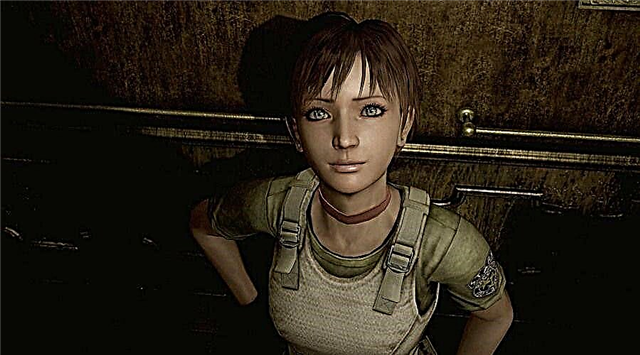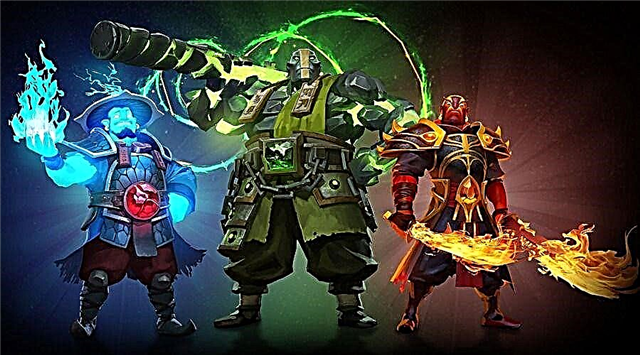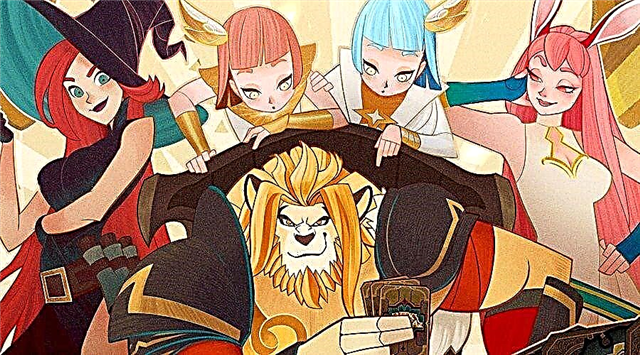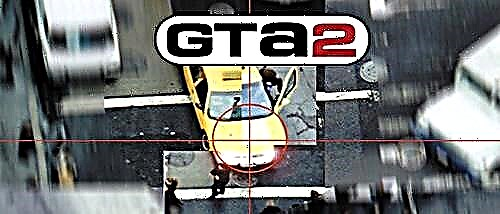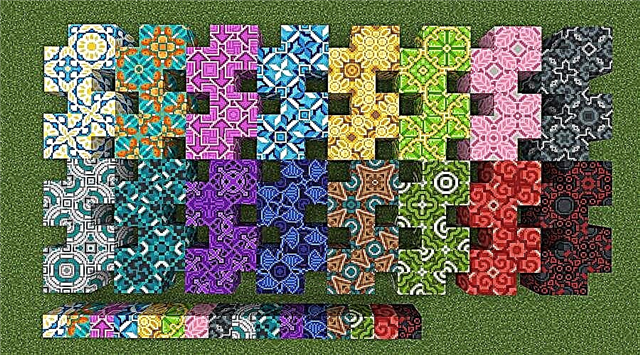Blood red, spirits blue, Ghosts and goblins come here to kill you. Whether you're an old-school gamer or just a masochist who enjoys agony.
You will no doubt be pleasantly surprised by the torture that Ghosts' n Goblins: Resurrection promises to deliver later this month. The first new console game in the legendary Capcom series since Ultimate Ghosts' n Goblins for PSP in 2006, the series went unnoticed for fifteen years. Well, nothing more. Wipe the dust off your Iron Maiden and attach the nipple clamps because on the 35th anniversary of the series, Ghosts' n Goblins are back to hurt you. Lot.
Tokuro Fujiwara, director of the original 1985 arcade game Ghosts' n Goblins and subsequent porting, played almost every game in the series until he left Capcom in 1996 and founded Whoopee Camp, responsible for the iconic classic Tomba! Capcom invited him back to directing on Resurrection, and apparently loathed the idea of someone else directing his child, he quickly stepped in. Ghosts 'n Goblins is the Ghosts' n Goblins series, infamous for its incredible complexity, is an action-packed platformer filled with traps designed to trap, confuse, and kill you over and over again. It is also a game where a commitment to your demise is equally combined with surprisingly precise design ethics, a formula that Fujiwara implicitly understands. Apart from a few points of choice, it is very difficult to call Ghosts' n Goblins games truly unfair. Evil is probably a better term.
So how “new” is Ghosts' n Goblins: Resurrection? At first glance, it looks like a graphical reworking of past Ghosts 'n Goblins games, as well as a mixture of levels and enemies pulled from nearly every entry in the series' timeline. And while all of this is true, it turns out that Resurrection is actually much newer than the old one. Familiar places await you, but now you have a choice of stages in each new stage, which makes the adventure less linear. The graveyard from the very first game and the guillotine-loaded execution site from its sequel, Ghouls' n Ghosts, will kick off. And it all goes smoothly for the first thirty seconds. This is the same old Arthur, dressed in knightly armor, throwing spears and jumping over gravestones; but when enemies start piling up and stages turn into new design territory, you quickly realize that this is really, very, very difficult. More than any of its predecessors, Resurrection aims to turn you into fine dust from the start.
There are four difficulty options to choose from. The default legend is considered the most authentic Ghosts n Goblins experience (this setting is used for screenshots on this page). And while that may be the case when it comes to Arthur's health and stage checkpoints, this one impressively raises the stakes in terms of pillow throwing and swearing. Other difficulty levels allow you to soften the game right in the Knight modes, then Squire and Page. The latter, aimed at newbies and / or the very young, is unacceptable for fans of TV shows, but certainly balances the situation for a wider audience.
In addition to old favorites, Resurrection includes a host of new weapons, including flying discs and magical hammers that require close-range negotiations, and a curious rolling boulder projectile. Perhaps most interesting is the new magic system and accompanying Arthur's magic belt, which offers the player a range of offensive and defensive powers. We'll explain all of this in detail in the next roundup, but this applies to trees and bees. Make whatever you want out of it. One of the innovations in the series is the addition of a smart co-op mode for two players. While it may not be what you expect, it will breathe new life into the platform adventure format by redefining the way the game is played and how it is analyzed.
Traditionally, Ghosts' n Goblins requires you to complete two loops to see the true end of the game. This includes completing it once, watching the princess get grabbed again, and then repeating the movements until the penultimate stage, where you will be tasked with acquiring a special weapon in order to defeat the real final boss. The second Resurrection cycle deviates from this, plunging Arthur into “shadow” versions of each stage, featuring remixed elements, enemies, and traps. Rather than simply reclaiming old soil, the player is now required to develop an entirely new strategy.
Although generally dark and sinister, Resurrection's art style has caused incredible controversy since the early screens. Many people think that this looks inappropriate or somehow inappropriate, and this is understandable. The puppet, the ghostly puppet animation of the sprites and their lanky floating limbs really brings back memories of the late 90s Newgrounds case. In many ways, this is repeated in Streets of Rage 4, and as with this game, we are pleased to announce that once it all starts, this is a style that not only goes well with action, but also grows very quickly in you. Designed like a medieval picture book - albeit in a traditionally cartoonish form - it goes well with the game's robust mechanics. The nice thing is that the camera rotates frequently to give you a better view of your surroundings and the encroaching ghouls, while Arthur's enemy designs and big boxers keep the show's sense of humor.
Ghosts' n Goblins: Resurrection has a lot to tell, and our upcoming roundup gives you full details on what exactly works and what might not. But if you're a die-hard fan with fifteen years of experience longing for a return to Capcom's most hideous hellish village, fear not the adventurer, it looks like you will be well served.
On a platter. Like a set of bones.

